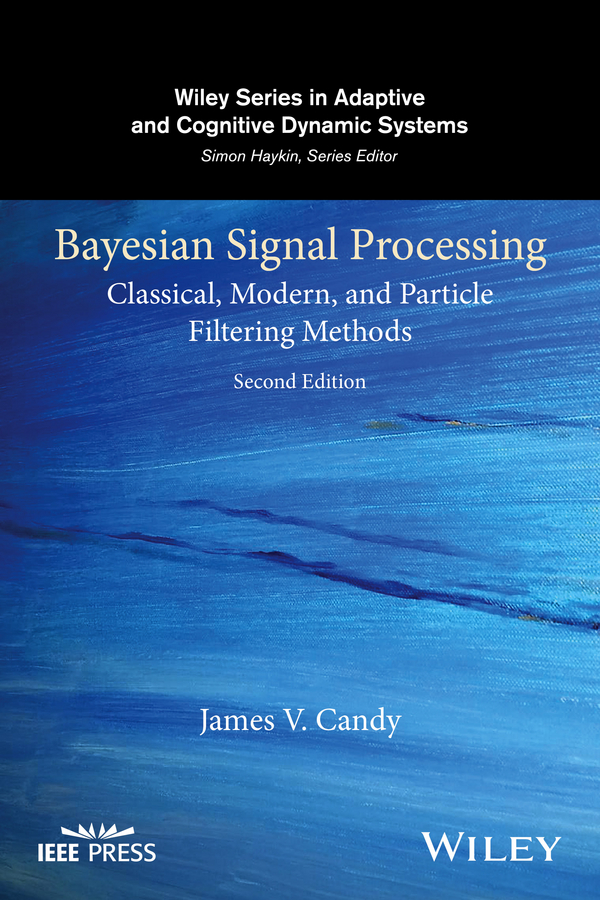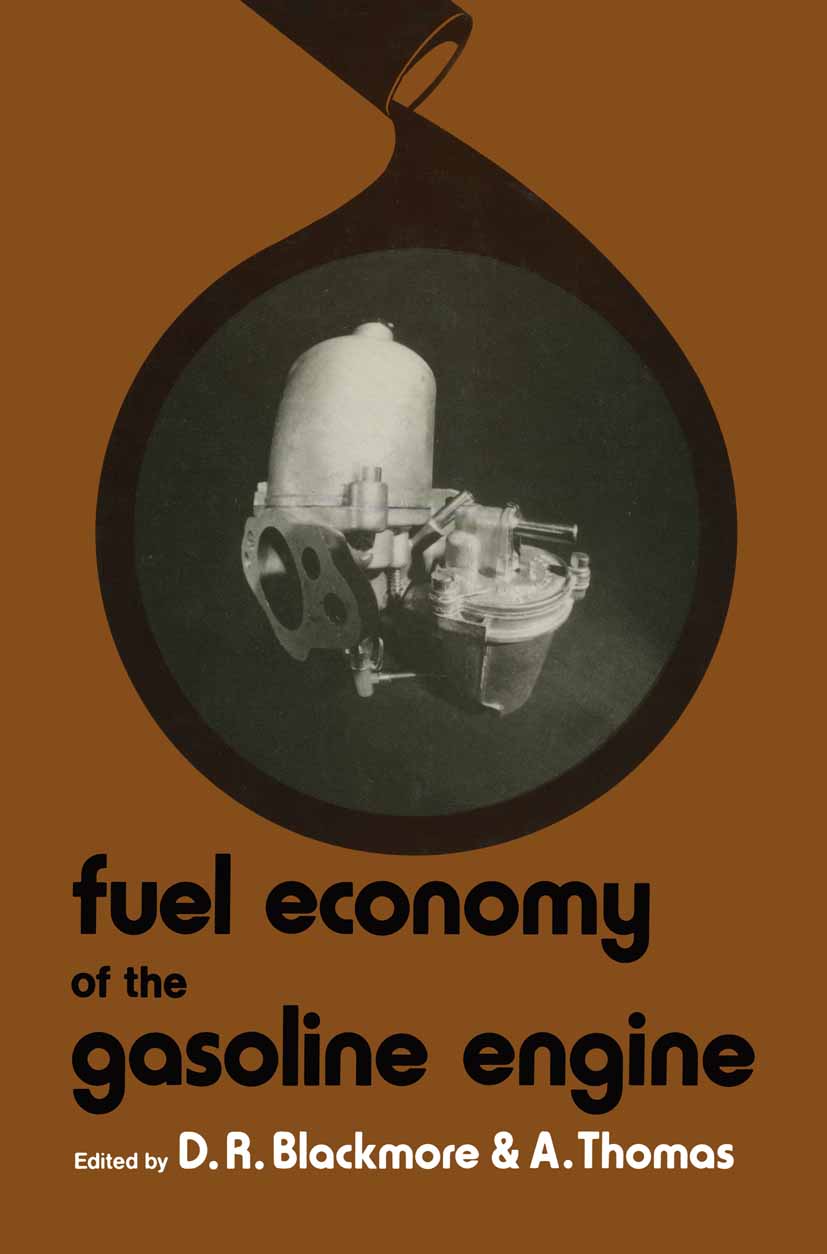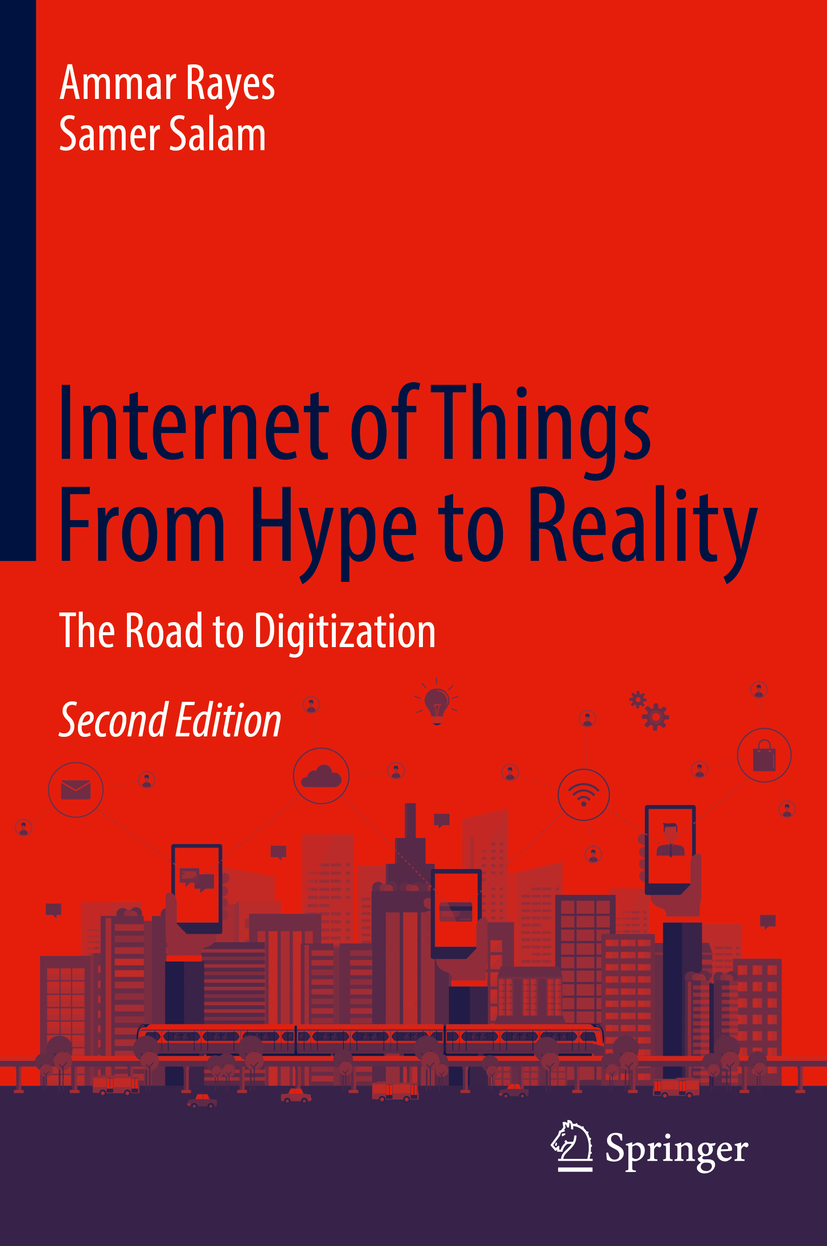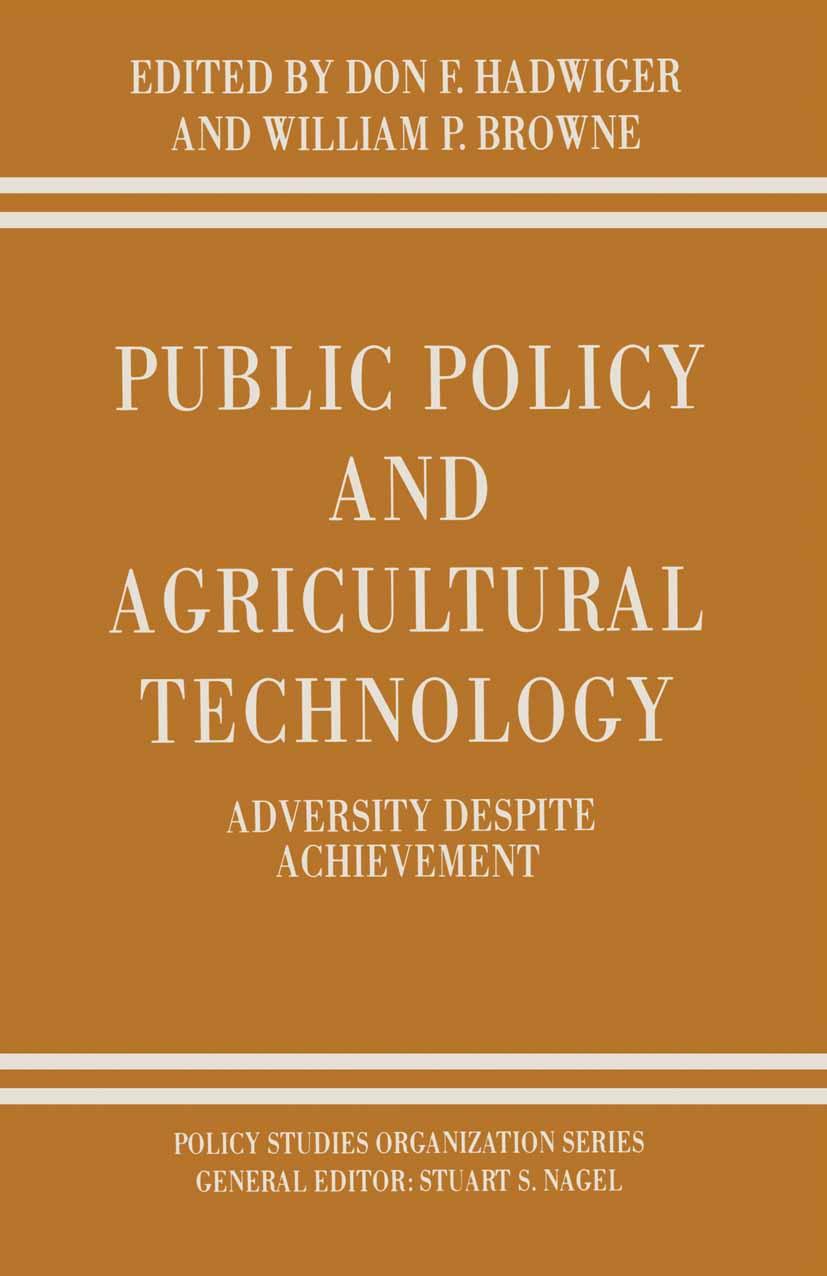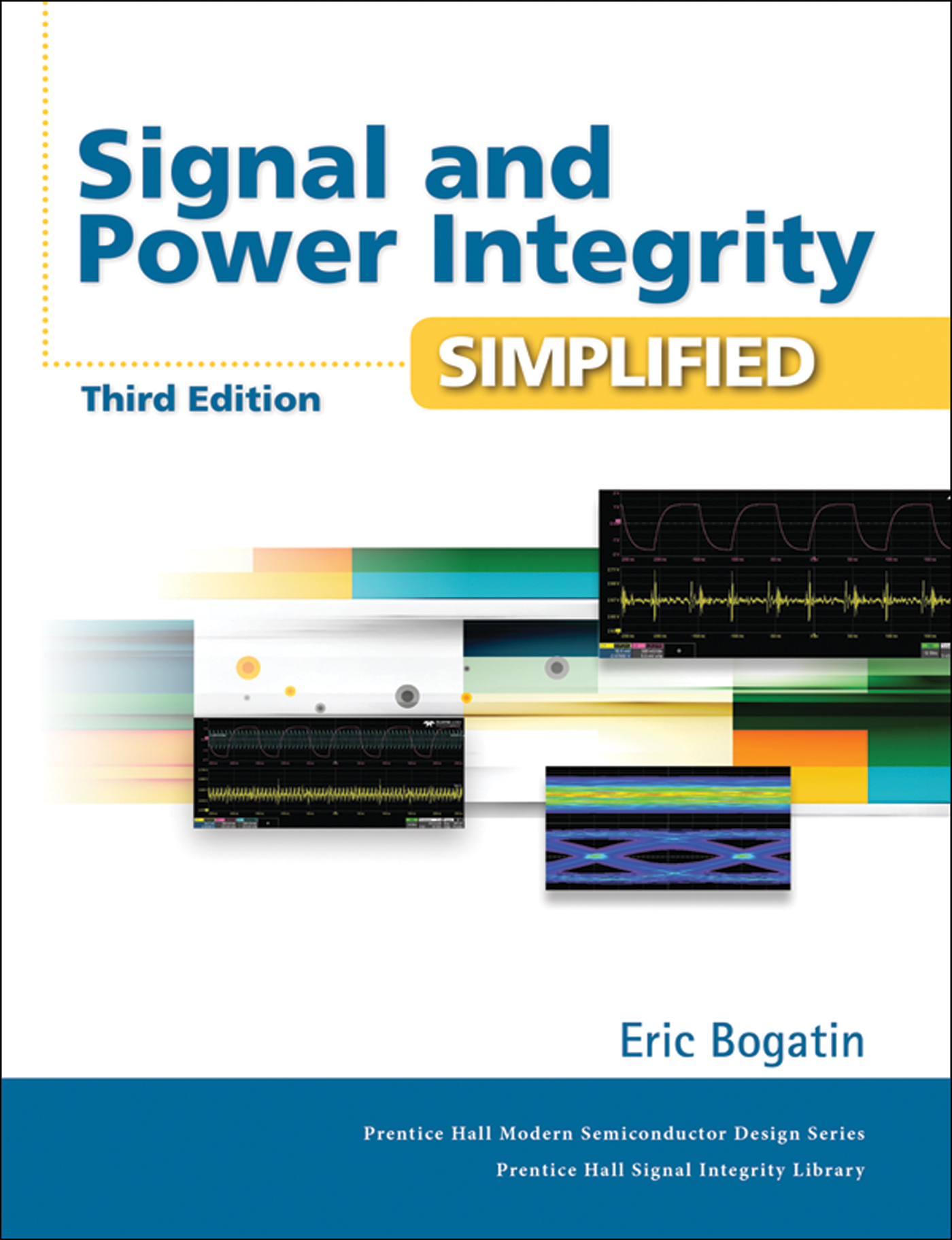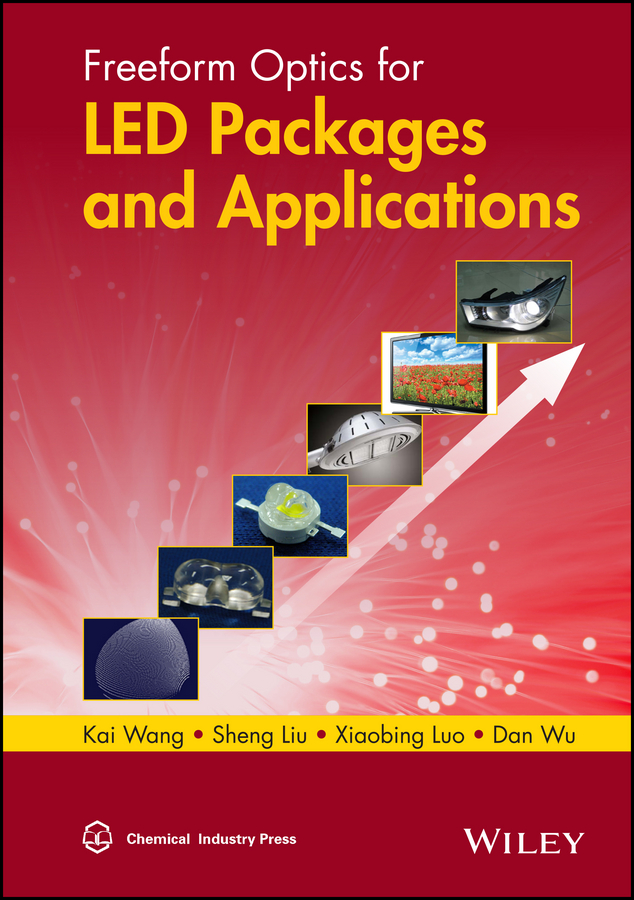Hyperspectral Imaging Analysis and Applications for Food Quality
by N.C. Basantia
2020-07-23 09:15:55
Hyperspectral Imaging Analysis and Applications for Food Quality
by N.C. Basantia
2020-07-23 09:15:55
In processing food, hyperspectral imaging, combined with intelligent software, enables digital sorters (or optical sorters) to identify and remove defects and foreign material that are invisible to traditional camera and laser sorters. Hyperspectral ...
Read more
In processing food, hyperspectral imaging, combined with intelligent software, enables digital sorters (or optical sorters) to identify and remove defects and foreign material that are invisible to traditional camera and laser sorters. Hyperspectral Imaging Analysis and Applications for Food Quality explores the theoretical and practical issues associated with the development, analysis, and application of essential image processing algorithms in order to exploit hyperspectral imaging for food quality evaluations. It outlines strategies and essential image processing routines that are necessary for making the appropriate decision during detection, classification, identification, quantification, and/or prediction processes. Features Covers practical issues associated with the development, analysis, and application of essential image processing for food quality applications Surveys the breadth of different image processing approaches adopted over the years in attempting to implement hyperspectral imaging for food quality monitoring Explains the working principles of hyperspectral systems as well as the basic concept and structure of hyperspectral data Describes the different approaches used during image acquisition, data collection, and visualization The book is divided into three sections. Section I discusses the fundamentals of Imaging Systems: How can hyperspectral image cube acquisition be optimized? Also, two chapters deal with image segmentation, data extraction, and treatment. Seven chapters comprise Section II, which deals with Chemometrics. One explains the fundamentals of multivariate analysis and techniques while in six other chapters the reader will find information on and applications of a number of chemometric techniques: principal component analysis, partial least squares analysis, linear discriminant model, support vector machines, decision trees, and artificial neural networks. In the last section, Applications, numerous examples are given of applications of hyperspectral imaging systems in fish, meat, fruits, vegetables, medicinal herbs, dairy products, beverages, and food additives.
Less





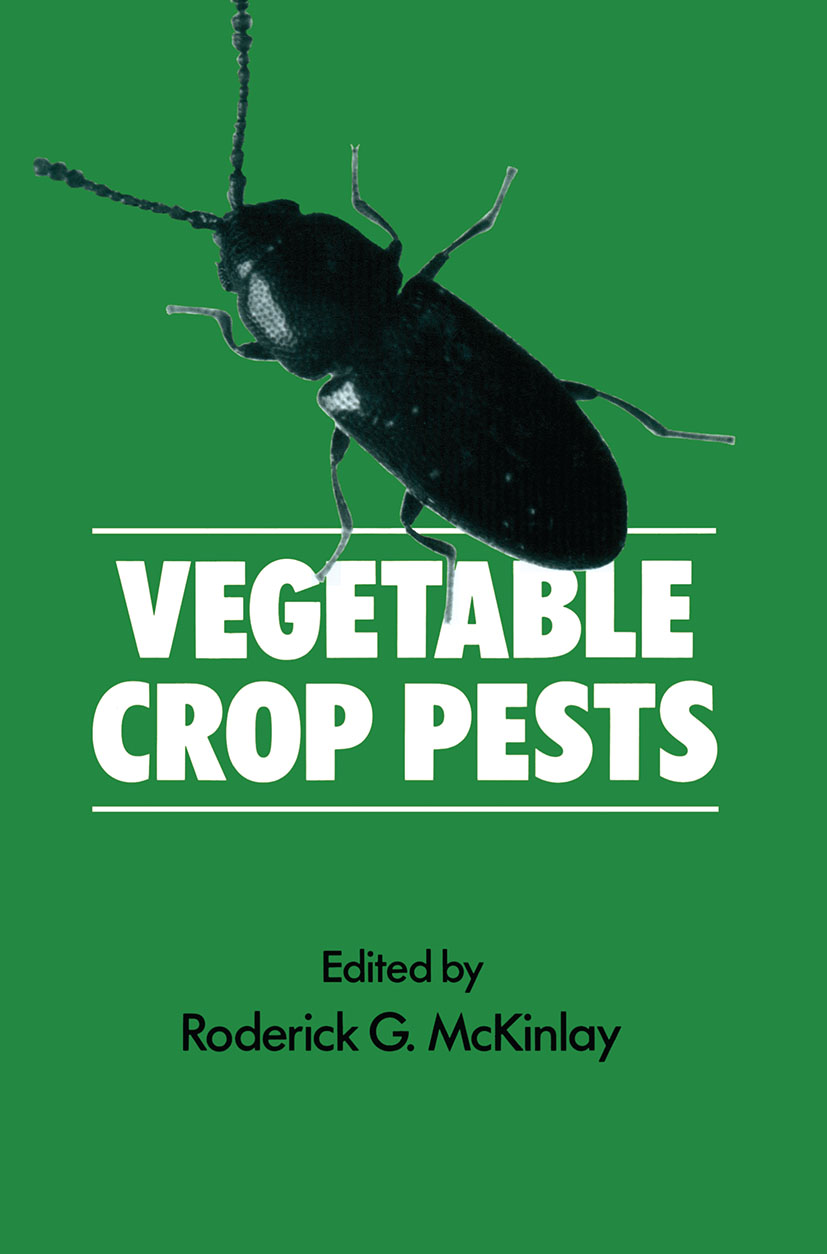
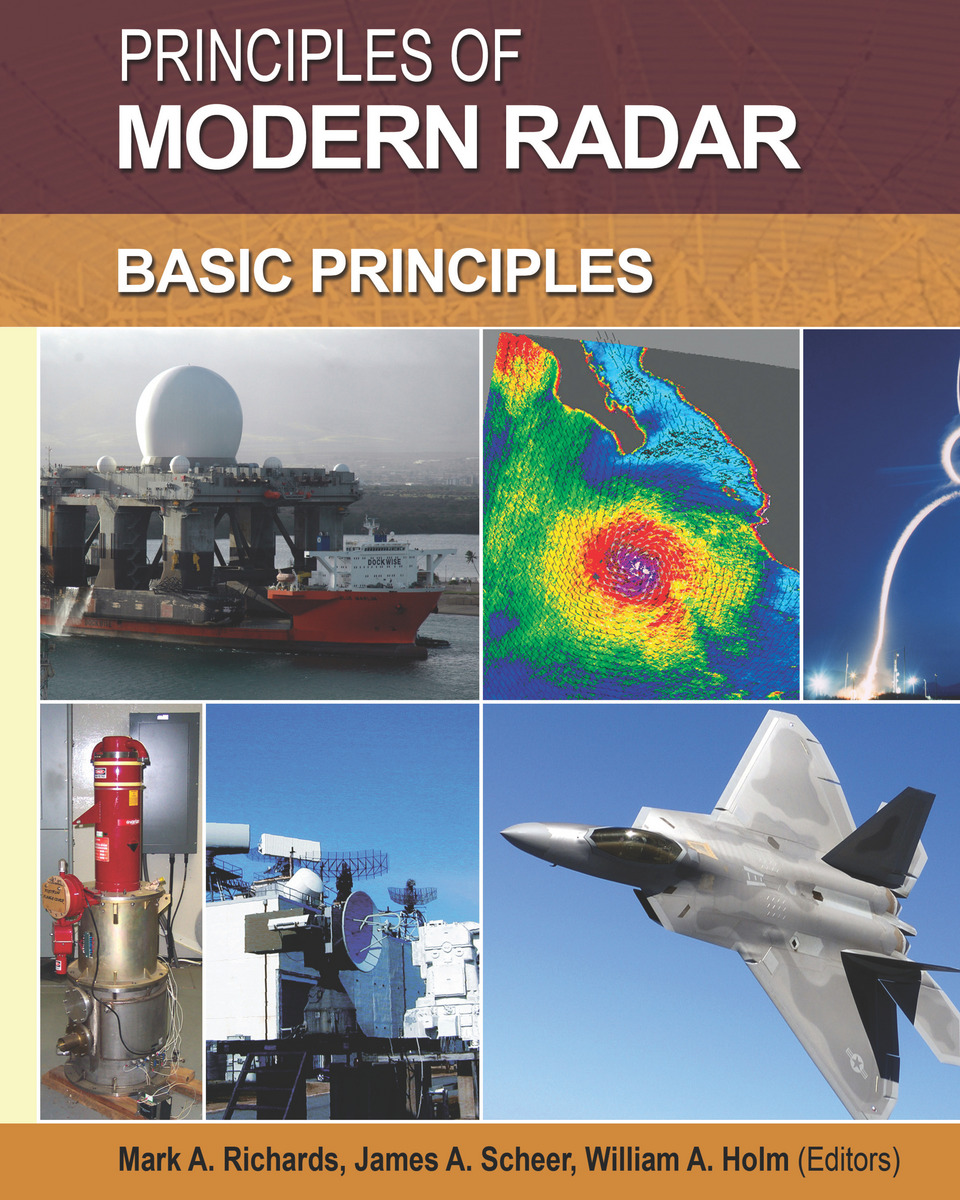
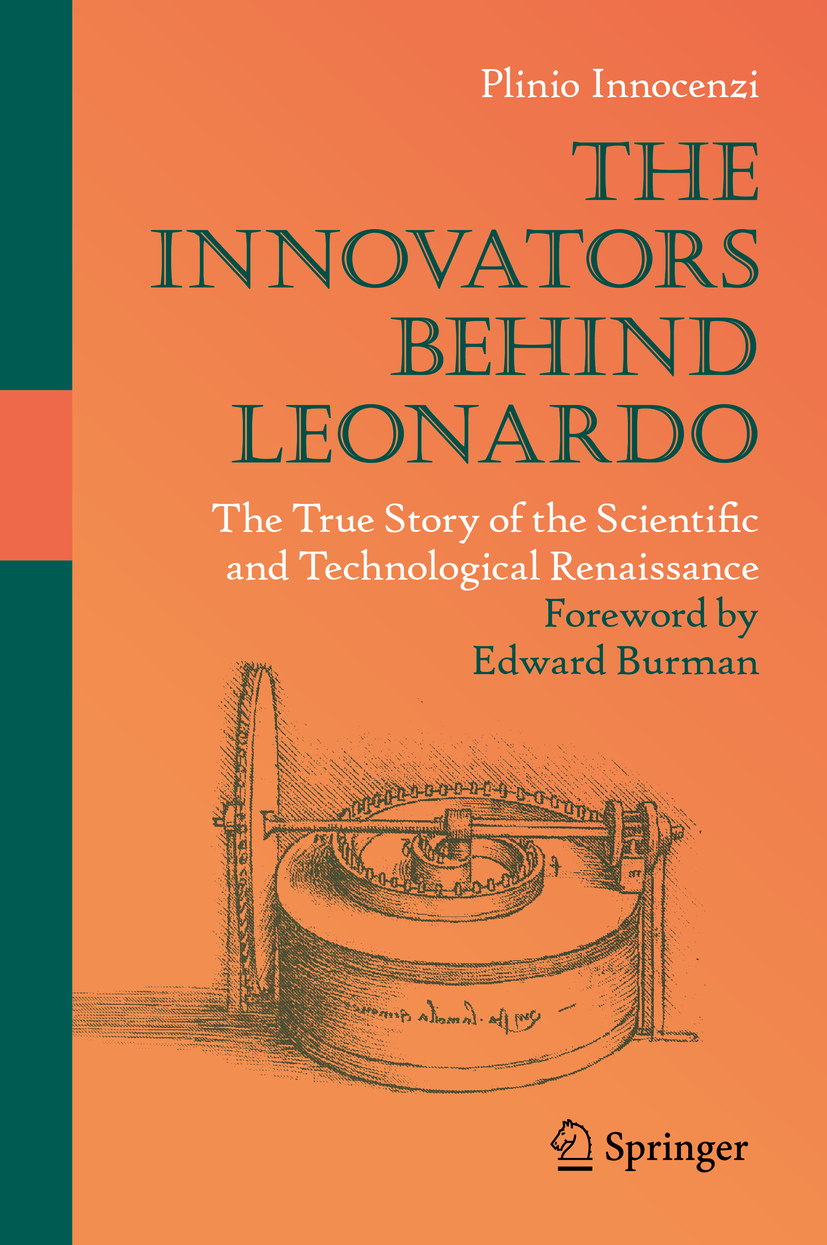
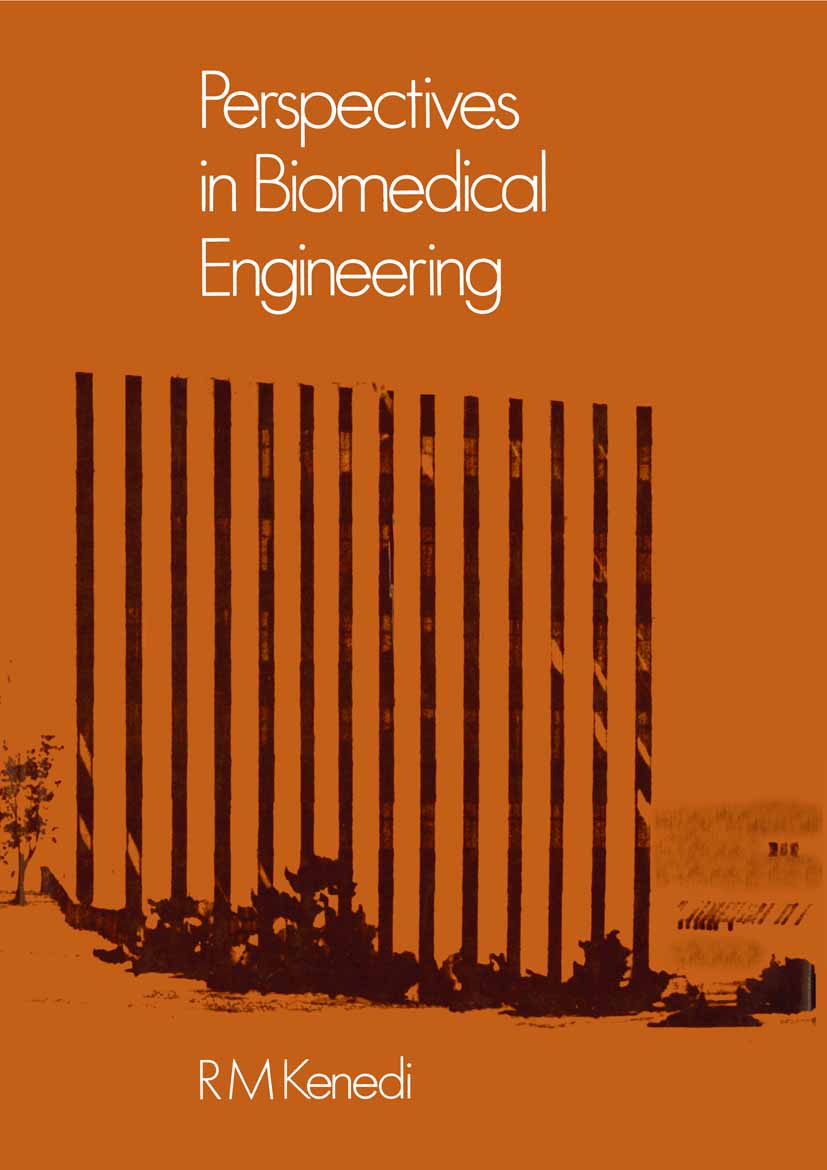

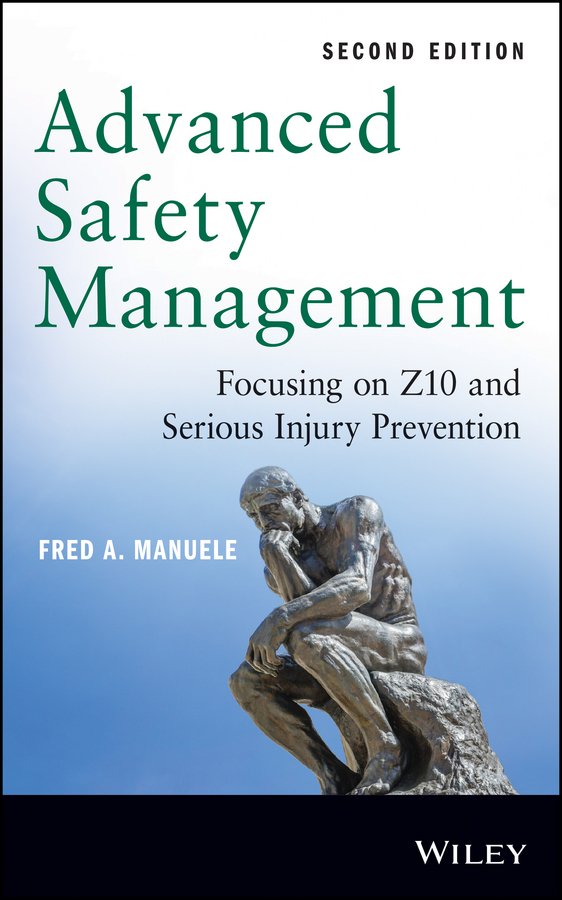
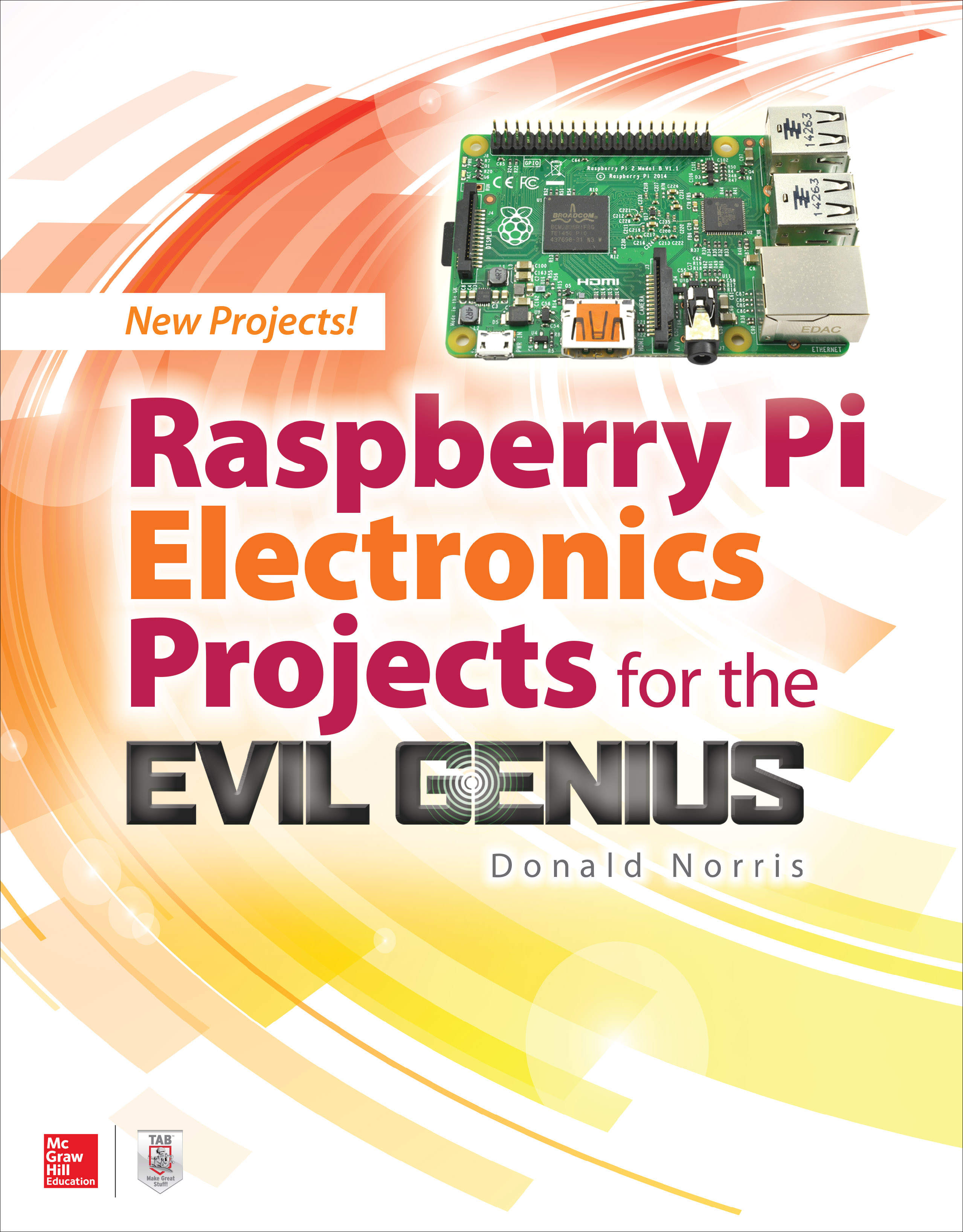
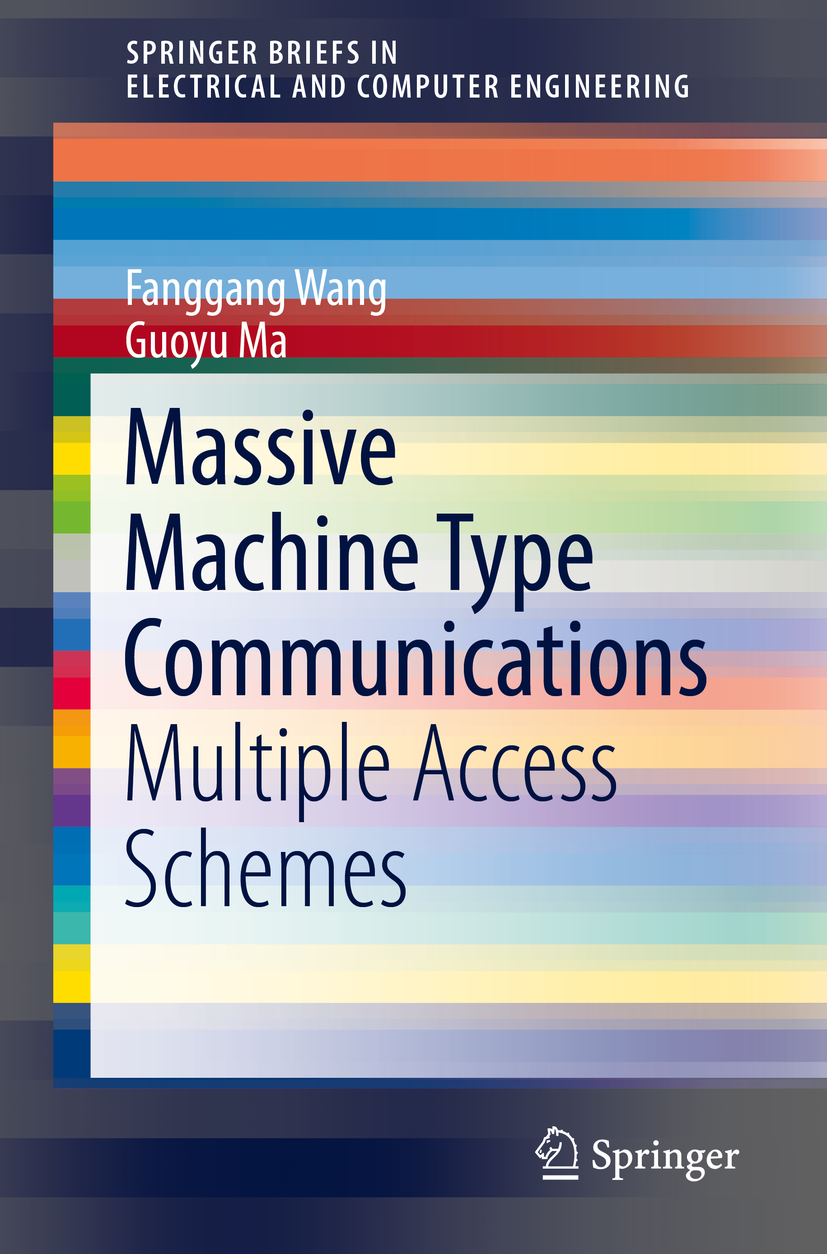

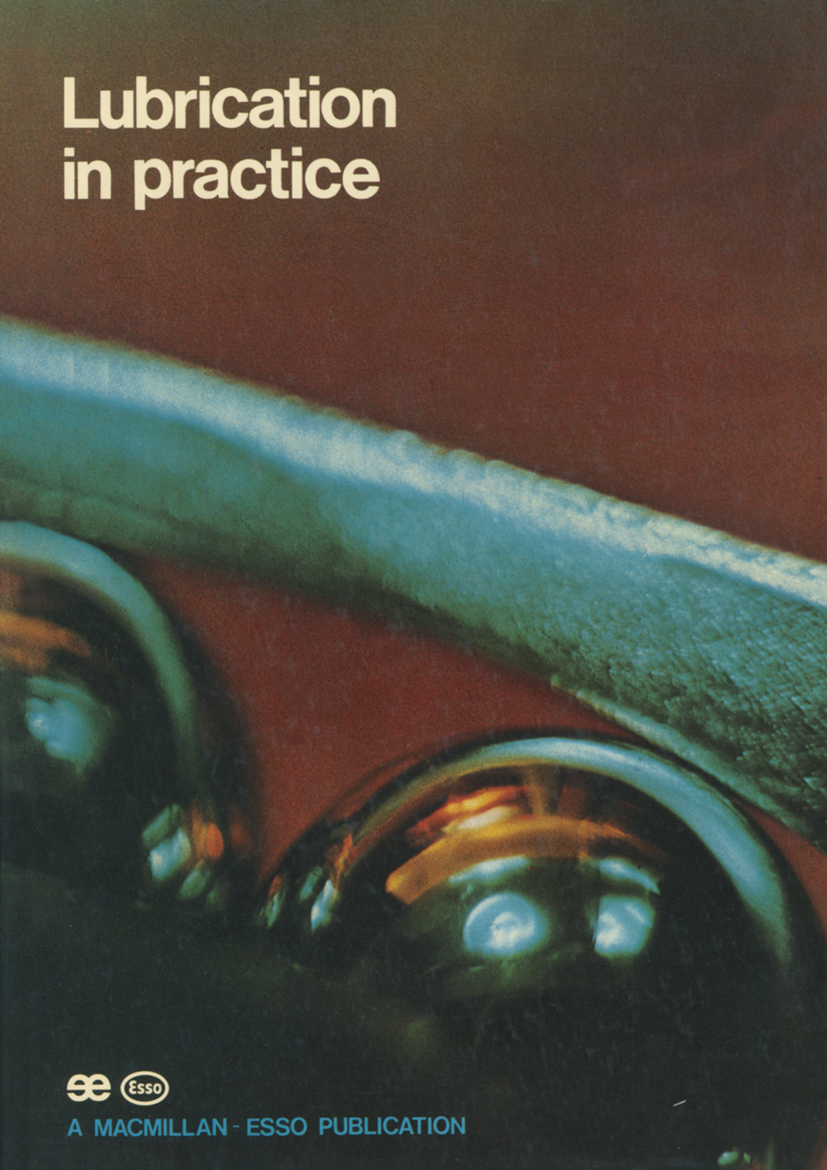
.jpg)

